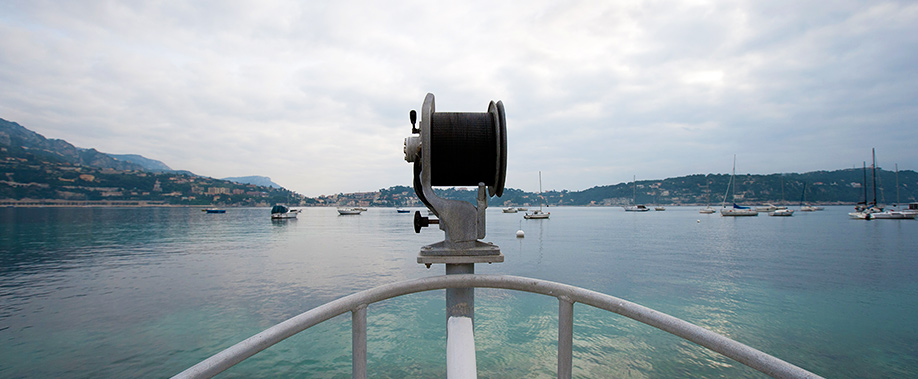Infrastructural context & Facilities

The OAO is based at the Observatoire Océanologique de Villefranche (France). This French marine observatory is governed by the National Center for Scientific Research (CNRS) and the Université Pierre et Marie Curie (UPMC). Both, strongly involved in numerous European and International partnership agreements, give access to scientific and educational infrastructures and facilities such as France's largest scientific library, adapted conference venues and a strong intellectual environment.
The marine station at Villefranche-sur-mer (France) has a long history. Its scientific origin dates back to the beginning of the 19th century when the abundance in pelagic organisms of the Bay of Villefranche lead to the initial studies. These inspired the creation of a laboratory, which celebrated its 125th anniversary in 2010.
Besides a historical background having favored the creation of a marine station and which leads to a long scientific tradition, also the geographic location of Villefranche-sur-mer contributed as being extraordinary.
Situated on the French Mediterranean coast in the vincity of the Sea Alps, the bathymetry is characterized by steep submarine slopes. Close to the shore, the water column rapidly reaches 1000 meters depth (ideal conditions for testing prototypes of new autonomous platforms). Other characteristics for this part of the French Riviera are specific hydrological conditions such as the Ligurian current and nearby upwelling zones.
Hence, thanks to the historical and natural as well as intellectual “circumstances”, a research structure that is highly recognized on national and international level has been developed. Within this, one of the focuses is oriented towards the scientific use of high-technological instruments such as :
And, since about ten years, the involvement of OAO in the development of biogeochemical payloads has been central.
In consequence facilities have evolved including a specifically adapted undersea robotics lab, a number of undersea robots together with specific payloads as well as the necessary infrastructure to treat and work with the acquired real-time data. Furthermore, the facilities comprise i.a. an internationally acknowledged analytical service for pigments as well a radiometric lab, both of them being essential to guarantee the calibration of platforms implemented with miniature sensors.
- easy access to open ocean conditions
- academic infrastructure with historical roots
- broad scientific experience
- undersea robotics and radiometric labs
- fleet of undersea robots together with specific payloads
- computational infrastructure and facilities
- analytical service for pigments
- equipment and knowhow for chemical analyses (e.g. NO3, pigments)
- coastal research vessels and an inflatable dinghy